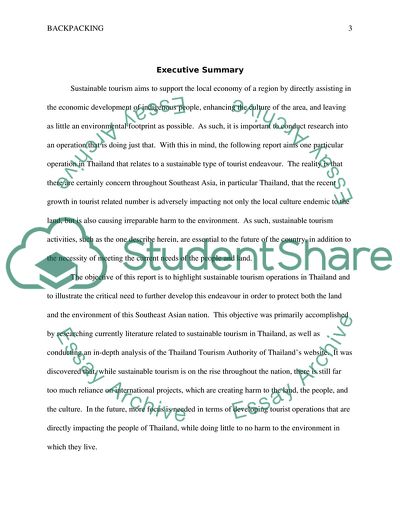Cite this document
(“Sustainablility practice Essay Example | Topics and Well Written Essays - 3000 words”, n.d.)
Sustainablility practice Essay Example | Topics and Well Written Essays - 3000 words. Retrieved from https://studentshare.org/tourism/1642263-sustainablility-practice
Sustainablility practice Essay Example | Topics and Well Written Essays - 3000 words. Retrieved from https://studentshare.org/tourism/1642263-sustainablility-practice
(Sustainablility Practice Essay Example | Topics and Well Written Essays - 3000 Words)
Sustainablility Practice Essay Example | Topics and Well Written Essays - 3000 Words. https://studentshare.org/tourism/1642263-sustainablility-practice.
Sustainablility Practice Essay Example | Topics and Well Written Essays - 3000 Words. https://studentshare.org/tourism/1642263-sustainablility-practice.
“Sustainablility Practice Essay Example | Topics and Well Written Essays - 3000 Words”, n.d. https://studentshare.org/tourism/1642263-sustainablility-practice.


